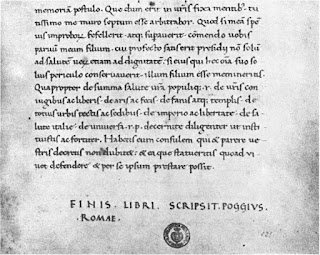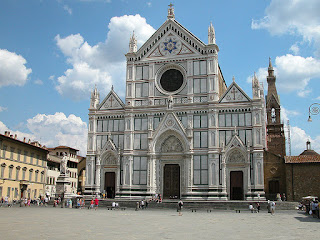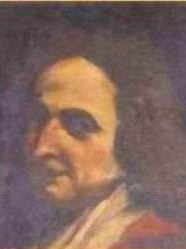Pioneer of alternating current (AC) systems
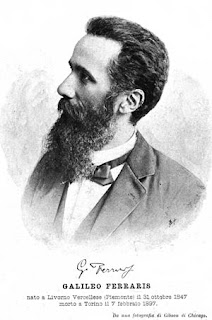 |
| The engineer Galileo Ferraris saw himself as a scientist rather than an entrepreneur |
The AC system was a vital element in the development of electricity as a readily-available source of power in that it made it possible to transport electricity economically and efficiently over long distances.
Ferraris did not benefit financially from his invention, which is still the basis of induction motors in use today. Another scientist, the Serbian-born Nikola Tesla, patented the device after moving to the United States to work for the Edison Corporation.
Tesla had been working simultaneously on creating an induction motor but there is evidence that Ferraris probably developed his first and as such is regarded by many as the unsung hero in his field.
He saw himself as a scientist rather than an entrepreneur and, although there is no suggestion that his ideas were stolen, openly invited visitors to come in and see his lab. Unlike Tesla, he never intended to start a company to manufacture the motor and even had doubts whether it would work.
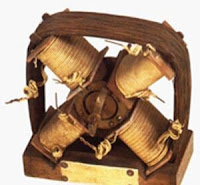 |
| One of Ferraris's early motors, currently in a museum in Sardinia |
Ferraris was was a graduate of the University of Turin and the Scuola d’Applicazione of Turin, emerging with a master's degree in engineering. He remained in the academic world and independently researched the rotary magnetic field.
He experimented with different types of motors and his research and his studies resulted in the development of an alternator, which converted mechanical (rotating) power into electric power as alternating current.
While Tesla sought to patent his device, Ferraris published his research in a paper to the Royal Academy of Sciences in Turin and the alternator as a source of polyphase power became key in the history of electrification, along with the power transformer.
These inventions enabled power to be transmitted by wires economically over considerable distances and electricity to be generated by harnessing the natural power of water, thus enabling power to be available in remote places.
The city of Turin marked the contributions made to science by Ferraris, who also researched in the field of optical instruments, with the creation of a permanent monument at the Royal Italian Industrial Museum of Turin (now the Royal Turin Polytechnic). From 1934 to 2006, the "Galileo Ferraris" Electrotechnical Institute could be found in Corso Massimo d'Azeglio.
 |
| The Palazzo Chiablese di Castell'Apertole, the former Savoy hunting lodge near Livorno Ferraris |
Known at different times as Livorno Piemonte as well as Livorno Vercellese, Livorno Ferraris occupies a wide area of countryside in the province of Vercelli in the plain of the Po river, bisected by the Depretis, Cavour and Ivrea canals. Located about 40km (25 miles) northeast of Turin and about 25km (16 miles) west of the city of Vercelli, it hosted the conclave for the election of the antipope Benedict XIII in 1384. Nearby is the 18th century Palazzo Chiablese di Castell'Apertole, a former hunting lodge of the Savoy royal family.
| The modern Politecnico di Torino of today |
The Royal Turin Polytechnic can be found in Corso Duca degli Abruzzi in the centre of Turin, about 2.5km (1.5 miles) from the Royal Palace. It evolved from the Royal Italian Industrial Museum, which was established in 1862 by Royal Decree as an Italian equivalent of the South Kensington Museum of London and of the Conservatoire des Arts et Métiers of Paris, to promote industrial education and the progress of industry and trade. Parallel with Corso Duca degli Abruzzi is the Corso Galileo Ferraris, a long, straight road that links the Giardino Andrea Guglielminetti with the Stadio Olimpico Grande Torino, the home of Torino football club, a distance of 4.1km (2.5 miles).
More reading:
How Alessandro Volta invented the electric battery
Antonio Meucci - the 'true' inventor of the telephone
The physicist who tried to bring corpses back to life
Also on this day:
1929: The birth of swimmer-turned-actor Bud Spencer
1984: The death of Neapolitan dramatist Eduardo De Filippo
Home


